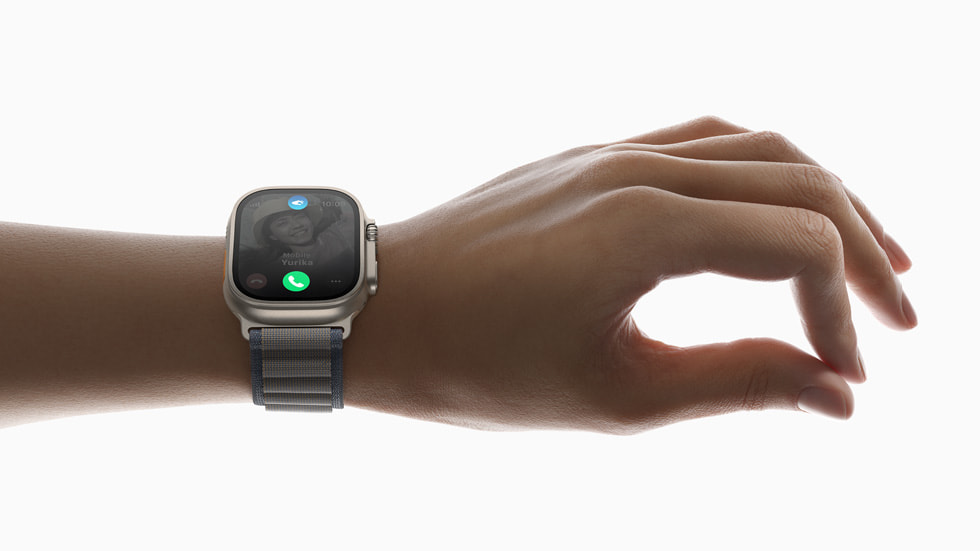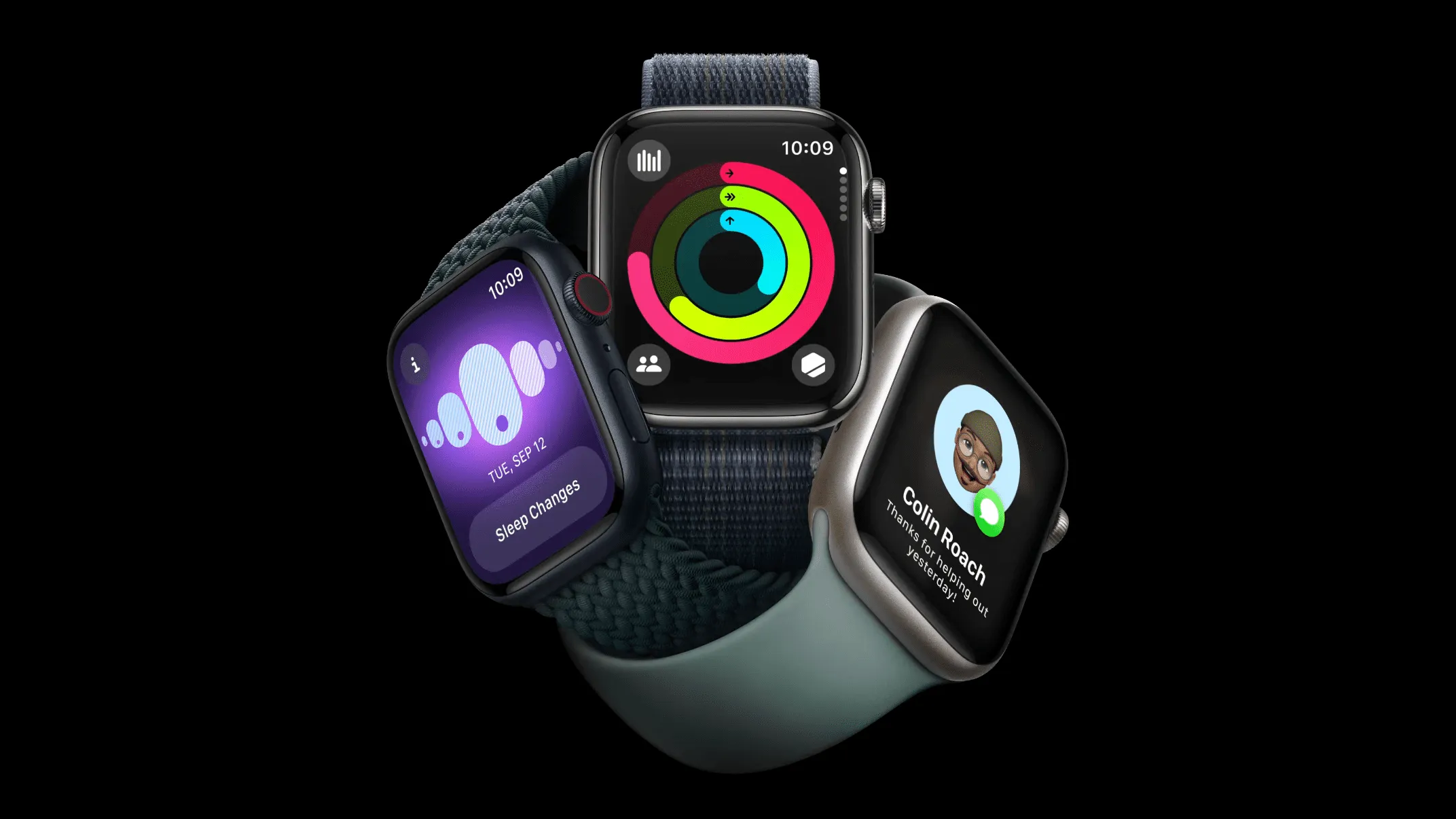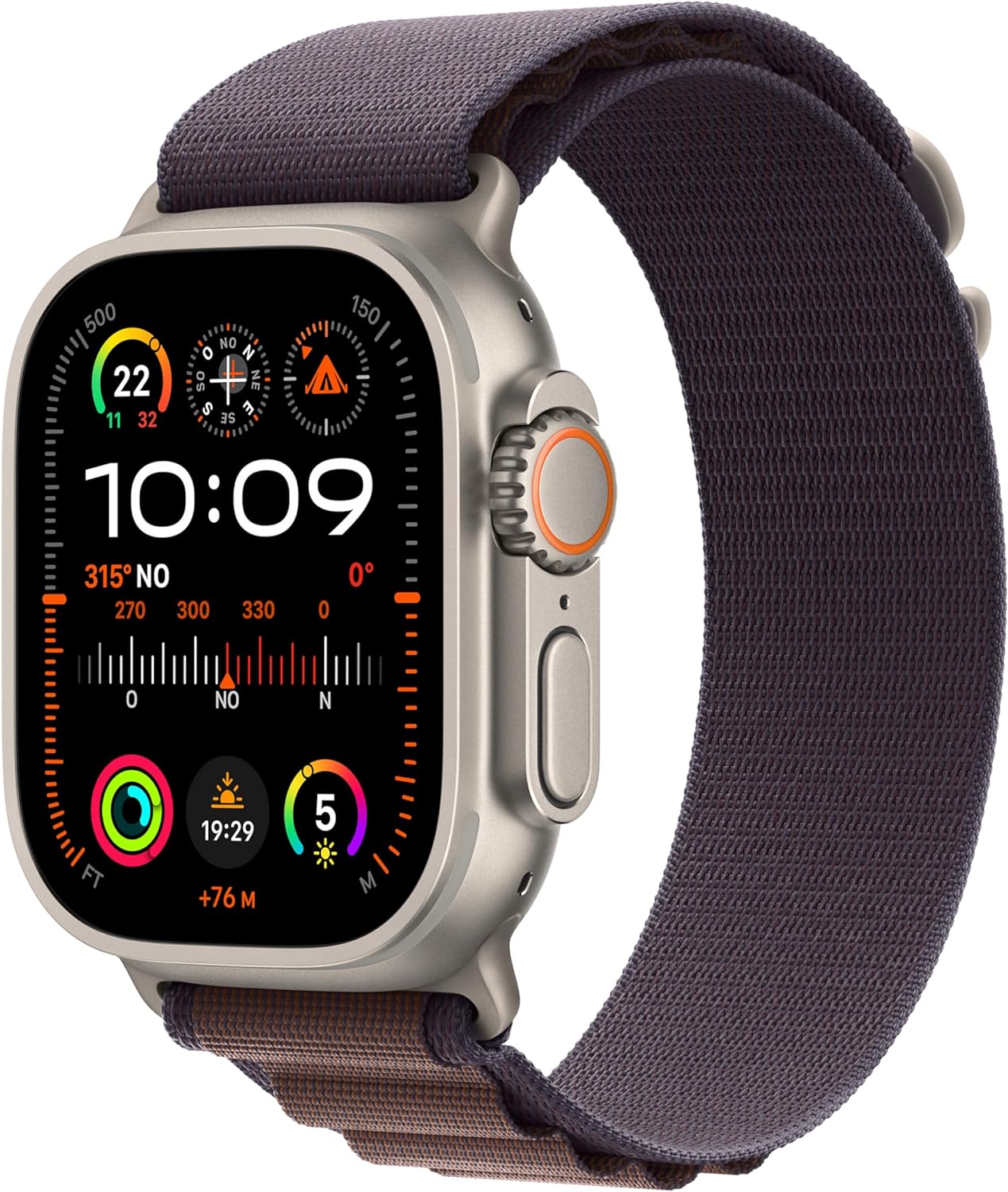Let’s not pretend this is an easy decision. The Apple Watch Series 10 and the Apple Watch Ultra 2 might look like they come from the same gene pool, but living with them tells a different story. It’s like choosing between a lightweight runner’s watch and a full-on expedition-ready tool that just happens to tell the time. Both are powerful. Both are smart. But they’re designed for two different kinds of people—and two different ways of using a smartwatch.
You get the same software, similar health features, and nearly identical performance. And yet, the Ultra 2 keeps nudging its way ahead—not just in size, but in attitude. This isn’t just a comparison of wearables. It’s a question of “What kind of life do you live—and what do you need on your wrist to handle it?”
Same Apple design language, two very different statements

From across the room, they could pass for siblings. But up close, there’s no mistaking who’s who. The Series 10 comes in two case sizes—42mm and 46mm—while the Ultra 2 sticks with a bold 49mm case that’s all in. It’s thicker, more aggressive, and honestly, a bit intimidating next to the more refined silhouette of the Series 10.
Material choices shift the vibe, too. The Ultra 2 comes only in titanium, while the Series 10 lets you pick between aluminum and titanium. And that matters—not just for looks, but for weight and feel on the wrist.
And yes, there’s sapphire crystal protection on both if you go with titanium. But the Series 10 aluminum models use Ion-X glass, which is lighter but more scratch-prone. It’s fine for daily wear, but if you’re hiking in rocky terrain or doing contact sports, you’ll wish you had sapphire.
The Ultra 2 goes deeper—literally—with a 100-meter water resistance rating compared to the Series 10’s 50 meters. Add to that a raised lip around the display that protects it from dings, and this thing just feels ready to get dirty.
Displays that are more about purpose than size
Here’s a twist: the 46mm Series 10 actually has a slightly bigger display than the Ultra 2—by about 3%. But that’s like splitting hairs. You won’t notice it in daily use.
What you will notice are the display characteristics. The Series 10 introduces Apple’s new wide-angle OLED, which means better visibility from off-angles. Glance at your watch during a meeting or while cooking, and it’s easier to read without having to adjust your wrist.
The Ultra 2 wins on brightness, topping out at 3,000 nits. That’s 50% more than the Series 10’s 2,000 nits. If you’re on a mountain, a snowy trail, or a boat in harsh sunlight, that extra brightness saves your eyes.
Each gets its own perks. The Series 10 debuts an always-on ticking second hand on certain faces thanks to its LTPO 3 display. It’s a tiny thing, but a nice detail that adds some analog charm.
Battery life is the most obvious divide
There’s no gentle way to say it: the Series 10 still only gives you 18 hours of battery. That’s your basic “charge it every night” routine, and it hasn’t changed in years.
The Ultra 2? That’s where things shift. You get 36 hours of regular use—double the life—and even more in low-power mode. For anyone who camps, travels, or just hates babysitting battery life, this matters.
Fast charging is supported on both models, but even here, the Ultra 2’s bigger battery means it takes about an hour to reach 80%, compared to 30 minutes on the Series 10. It’s a tradeoff: more charging time, but less charging frequency.
Buttons that change how you interact

Let’s talk about the Action Button. It’s small, orange, and exclusive to the Ultra 2. And it’s one of those things that doesn’t seem like a big deal until you start using it.
With a long press or a single tap, you can start a workout, activate a flashlight, trigger a Shortcut—you name it. And with WatchOS 11, it’s even smarter. We started using it for specific tasks during runs or while traveling, and honestly? It’s hard to give up.
The Series 10 skips the Action Button altogether. You’ll be swiping, tapping, or using the Digital Crown. Nothing wrong with that, but it does feel like a step back once you’ve lived with the Ultra 2.
Performance that’s basically neck-and-neck
On paper, the Series 10 has the newer S10 chip, while the Ultra 2 runs on the S9. But don’t get too caught up in the numbers.
In daily use, both feel equally fast. Apps launch instantly, Siri responds with zero lag, animations are buttery. Maybe the S10 has a little more headroom for future updates, but right now? You won’t notice a real difference.
Both watches come with 64GB of storage, which is more than enough for offline playlists, podcasts, apps, and health data. You could go weeks without syncing anything and still have space.
Fitness and health: same tools, different ambition

Apple didn’t hold anything back here. Both the Series 10 and Ultra 2 offer ECG, blood oxygen, temperature tracking, crash and fall detection, sleep apnea alerts—you name it. It’s a full health suite, right on your wrist.
But the Ultra 2 pulls ahead in the details. Its dual-frequency GPS uses both L1 and L5 bands, which makes location tracking more accurate in dense cities or mountain trails. The Series 10 sticks with single-band L1, which can get thrown off in tough environments.
Then there’s the siren. The Ultra 2 has a built-in 86-decibel emergency alarm you can trigger if you’re lost or in danger. Is it overkill for the average jogger? Maybe. But it’s the kind of feature that makes you feel just a little safer when you’re off the grid.
And diving? Yeah, that’s Ultra territory only. It supports up to 40m depth and works with scuba-specific apps. The Series 10, while swim-friendly, is not made for that level of pressure or precision.
Watch faces and layout: more data at a glance
Customization is a core Apple Watch experience, and both models give you tons of watch faces, complications, and layouts to play with.
But again, the Ultra 2 sneaks in some exclusives. Modular Ultra and Wayfinder are designed for maximum utility, offering up to eight complications on one face. And the red night mode toggle? Only on Ultra.
The Series 10 benefits from newer display tech and gets some subtle touches—like the ticking second hand—but doesn’t bring new faces that change how you use the watch. It’s more refined, less rugged.
Toughness isn’t even a debate
This one’s simple: the Ultra 2 is built for extreme conditions, while the Series 10 is built for everyday life.
The Ultra 2 operates in a wider temperature range, handles higher altitudes, and withstands deeper water pressure. Its titanium case and raised display edges are clearly designed for impact resistance.
The Series 10, while still durable with IP6X dust resistance and 50-meter water protection, doesn’t pretend to be an adventure watch. It’s fine for the gym, the shower, and a run in the rain—but don’t expect it to handle a snowstorm or scuba dive.
Same OS, same features—mostly

Both run WatchOS 11, which means redesigned widgets, improved Siri, more advanced health alerts, and expanded workout tools. No one’s missing out on the core experience.
But again, hardware makes the difference. The Ultra 2’s Action Button unlocks features the Series 10 just can’t match. And while both are fast and fluid, the Ultra just has more ways to interact with your data.
So… which one actually makes sense?
This one stumped us for a bit. Because the Series 10 is clean, capable, and fast. It’s lighter, less bulky, and easier to wear all day. It does nearly everything the Ultra does, and for a lot of people, it’s enough.
But then we looked at our wrists after a weekend trip. The Ultra was still ticking. It handled hiking, GPS tracking, emergency features, and never once asked for a charger. It didn’t just do more—it felt built for the kind of chaos life throws at you.
That’s why the Apple Watch Ultra 2 wins. It’s not for everyone. It’s big. It’s pricey. It’s probably too much for 9-to-5 desk life. But if you want a smartwatch that doesn’t flinch—one that’s ready—this is it.
We came into this thinking the Series 10 would be the smart choice. And it is—if you want something simple and elegant. But the Ultra 2 isn’t just smarter. It’s tougher, louder, longer-lasting, and more equipped to handle the unpredictable.
And once you’ve had that on your wrist… it’s hard to go back.


